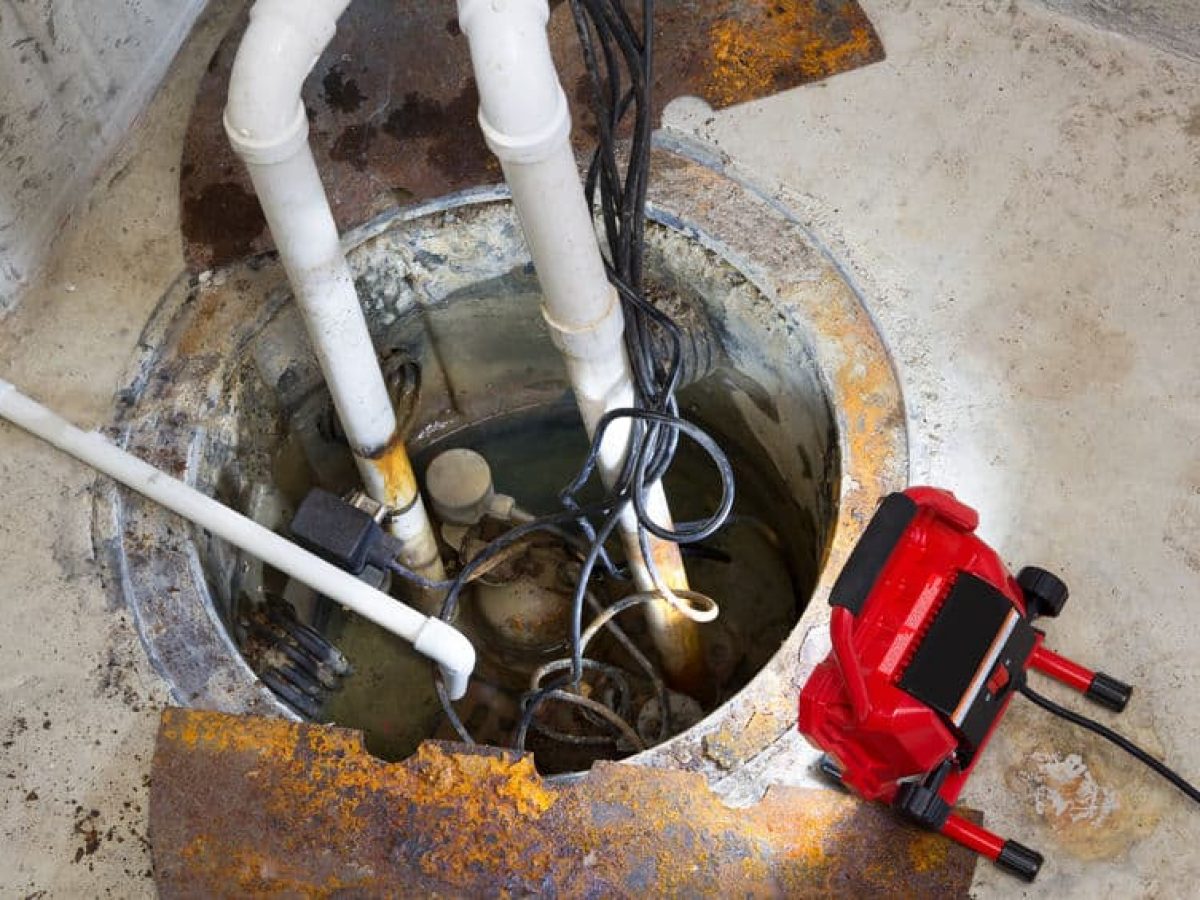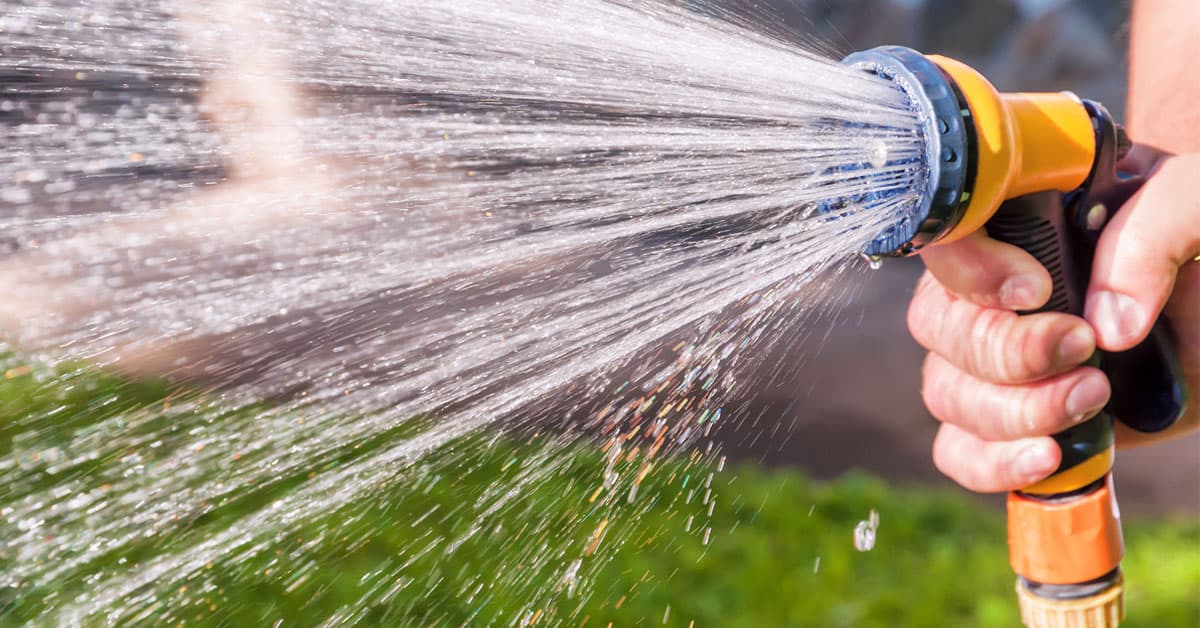Simple Methods for Caring for a Sump Pump
Simple Methods for Caring for a Sump Pump
Blog Article
Are you currently trying to locate additional info involving Keep Your Sump Pump Clean, It'll Keep You Dry?

Sump pumps are essential parts in lots of homes, specifically in locations susceptible to flooding or extreme dampness. They aid protect against water damages by efficiently removing excess water from basements or crawl spaces. Nevertheless, like any other device, sump pumps require regular upkeep to guarantee they operate successfully when needed one of the most. Cleansing your sump pump is a vital part of its maintenance, and recognizing how to do it correctly can save you from pricey fixings and potential catastrophes.
Introduction
Maintaining a clean sump pump is vital for its proper functioning and longevity. Overlooking this crucial task can lead to clogs, malfunctions, and ultimately, water damages to your property. Therefore, finding out just how to cleanse a sump pump is essential for homeowners who depend on these devices to keep their basements completely dry and secured.
Indications of a Dirty Sump Pump
Recognizing when your sump pump needs cleaning is essential for stopping prospective malfunctions. Some usual indicators that suggest an unclean sump pump include odd sounds throughout operation, reduced water circulation, and noticeable debris in the pit. If you discover any of these signs and symptoms, it's essential to cleanse your sump pump without delay to avoid any kind of additional problems.
Planning for Cleaning
Before you begin cleaning your sump pump, it's necessary to take some security precautions. Beginning by shutting off the power to the pump to stay clear of any electric mishaps. Furthermore, put on ideal protective gear, such as gloves and goggles, to protect on your own from dirt, debris, and potential pathogens.
Recognizing the Sump Pump
Before diving into the cleansing procedure, it's important to have a standard understanding of just how a sump pump functions. Usually set up in a pit or container listed below the basement floor, a sump pump consists of a number of key elements, consisting of a pump, a float switch, and a discharge pipeline. When water collects in the pit, the float button triggers the pump, which then pumps the water out via the discharge pipeline, far from the building's structure.
Step-by-step Guide to Cleaning a Sump Pump
Shutting down the Power
Begin by detaching the power supply to the sump pump to stop any kind of mishaps while cleaning.
Looking For Appropriate Functioning
Before re-installing the pump, execute a quick examination to ensure that the float button activates the pump properly. Pour some water right into the sump pit and observe the pump's procedure. If whatever is functioning correctly, you can reassemble the pump and reconnect the power supply.
Eliminating Particles and Dust
Use a container or a scoop to get rid of any type of visible particles, dust, or debris from the sump pit. Dispose of the debris correctly to prevent it from obstructing the pump or the discharge pipeline.
Cleaning up the Pump and Float Switch
As soon as the pit is free from particles, very carefully eliminate the pump from the pit. Examine the pump and the float button for any indicators of damages or wear. Utilize a soft brush or fabric to clean the surfaces and remove any gathered gunk.
Flushing the System
After cleansing the pump and float button, flush the sump pit with clean water to remove any staying dust or sediment. This will certainly help make sure that the pump runs smoothly and successfully.
Maintenance Tips to Maintain Your Sump Pump Clean
Along with regular cleaning, there are numerous maintenance suggestions you can comply with to maintain your sump pump in ideal condition:
Conclusion
Cleaning your sump pump is a critical facet of its upkeep and makes certain that it runs properly when you require it one of the most. By following the actions detailed in this overview and including normal upkeep right into your regimen, you can prolong the life expectancy of your sump pump and secure your home from water damage.
6 STEPS ON HOW TO CLEAN A SUMP PUMP PROPERLY
UNDERSTANDING SUMP PUMPS
Your sump pump plays a crucial role in protecting your home by managing and removing excess water. It primarily functions as a “shield”, guarding your basement against the damaging effects of water accumulation. The pump is housed in a sump pit in the lowest part of your basement, and its job is to pump out any water that collects there.
During heavy rainfalls or when snow melts rapidly, water can infiltrate your basement, posing potential risks like flooding, structural damage, and harmful mold growth. Here, the sump pump springs into action, pumping out the intruding water and directing it away from your home.
SAFETY FIRST
Before cleaning, remember to prioritize safety. Disconnect the sump pump from the power source to prevent any accidental electric shocks. Also, wear sturdy gloves to protect your hands from any sharp or dirty components within the pump.
REMOVE THE SUMP PUMP
After ensuring your safety, the next step is to remove the sump pump from its pit. Doing this might require careful maneuvering as you don’t want to damage any pump components. Once removed, clean the sump pit to remove any accumulated debris or sludge.
INSPECT THE PUMP
Inspect the pump for any visible signs of wear or damage. Check the power cord, float switch, and impeller housing. If any components look worn out or damaged, consider replacing them to ensure optimal performance.
CLEAN THE PUMP
Thoroughly clean the pump with warm, soapy water. Make sure to rid it of any dirt, gravel, or other debris that might impede its performance. You can use a toothbrush to clean the small, hard-to-reach parts of the pump.
REINSTALL THE SUMP PUMP
Reinstall the pump into the sump pit Make sure it’s positioned correctly to remove the water effectively Once it’s back in place, reconnect it to the power source TEST THE PUMP
Finally, pour some water into the pit to ensure the pump works correctly. It should start automatically and begin pumping out the water; if it doesn’t, check the power source and the positioning of the pump.
Remember, while cleaning your sump pump is an essential part of home maintenance, hiring a professional plumber for a thorough inspection and cleaning at least once a year is also important. This will ensure that your pump is in optimal condition, ready to protect your home from potential water damage.
BEST PRACTICES FOR CLEANING SUMP PUMP DISCHARGE PIPES
Regular Inspection: Regularly inspect your discharge pipes, especially during heavy rainfall or snowmelt periods. Look for any signs of blockage or damage. Early detection of problems can prevent serious issues down the line. Periodic Cleaning: Over time, sediment and debris can accumulate in the discharge pipes, impeding the flow of water. Regular cleaning helps keep the pipes clear and functioning efficiently. You can use a high-pressure water jet to effectively clean the pipes. Insulation During Winter: In colder climates, discharge pipes can freeze, blocking the outflow of water. Protect your discharge pipes from freezing temperatures by insulating them with foam pipe insulation. This will ensure the sump pump can continue to discharge water even in freezing conditions. Proper Positioning: The discharge pipe should be positioned to direct water away from your home’s foundation. Improper positioning can lead to water seeping back into the basement. Ensure the pipe is long enough and angled correctly. Installation of a Check Valve: A check valve prevents water from flowing back into your sump pit after the pump has pushed it out. Installing a check valve helps maintain the efficiency of your sump pump and reduces the risk of flooding. Minimize Pipe Turns: Every curve or turn in the discharge pipe can decrease the efficiency of water flow. By minimizing turns and bends in your discharge pipe, you can increase the efficiency of your sump pump. https://www.fullspeedplumbing.com/how-to-clean-a-sump-pump-properly9999/

We were made aware of that article on Steps to Cleaning Your Sump Pump Properly from a friend on another web blog. Do you know about someone else who is in to the subject? Do not hesitate to share it. I cherish reading our article about .
Click Here To Find Out More Report this page